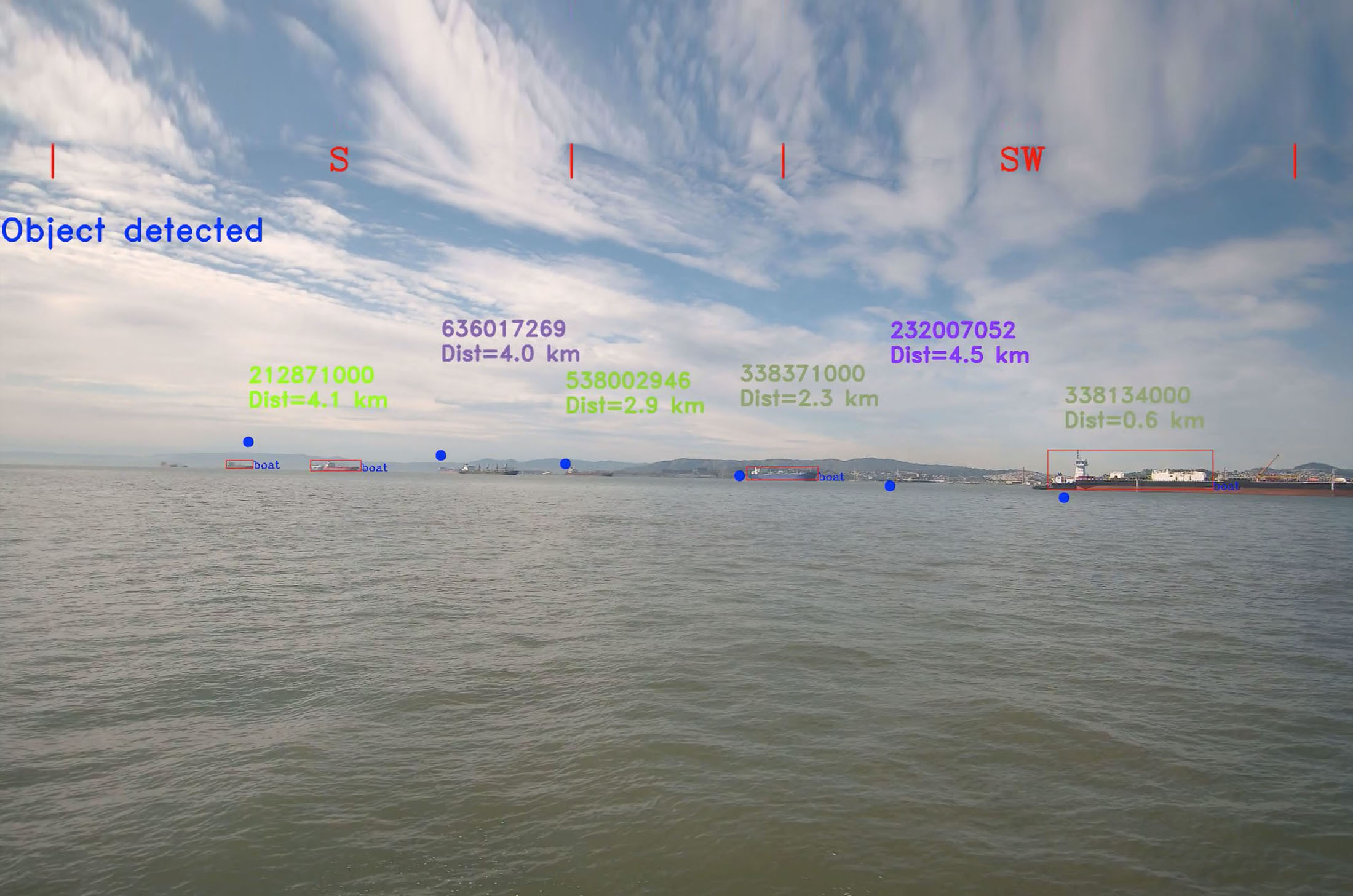Year
2020
Operation Area
Pacific Ocean
Purpose
It’s estimated that, globally, one in five fish are caught by illegal, unreported, and unregulated (IUU) fishing activities, coasting around $36.4 billion each year. IUU fishing accelerates the depletion of fish stocks, harms marine ecosystems, and results in tens of billions of lost revenue for legal fishermen each year. Maritime domain awareness is the effective understanding of anything associated with the safety and security of the global maritime domain, including illegal fishing, drug enforcement, and limiting intrusion into protected areas.
Congress has tasked the United States Coast Guard (USCG) with examining the feasibility, costs, and benefits of using autonomous platforms to improve MDA in remote areas of the ocean. Saildrone performed a 30-day demonstration of MDA capabilities for the USCG off the coast of Hawaii.
Results
Six saildrones were stationed off the coast of Hawaii for 30-day demonstration maritime domain awareness capabilities. Each week highlighted a real-world use case for persistent MDA: general traffic monitoring, illegal, unregulated, and unreported (IUU) fishing, search and patrol, and port security. The vehicles are equipped with an optical array with onboard GPU, and machine learning software that fuses the data from all sensors, recognizes targets of interest, and alerts the end-user in near real time.
Local boats were used as target vessels, sailing along and through the picket line of saildrones. The saildrones successfully detected and tracked the target vessels performing behaviors associated with IUU fishing, such as longline fishing at the edge of a restricted zone and turning off their automatic identification system (AIS), or going dark, while entering protected areas.





























